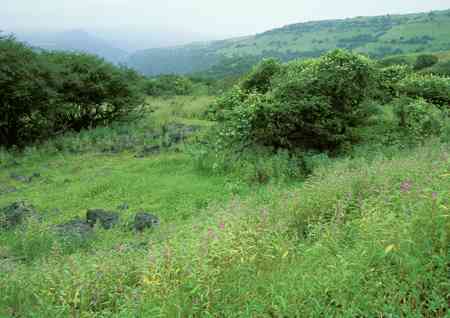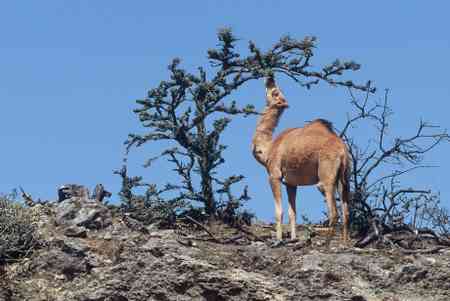Salalah (Arabic: صلالة)
Dhofar – An Indian Monsoon climate and lush vegetation former Palace of The Queen Sheba
Situated at the extreme south of the country, Dhofar is dramatically different from the rest of Oman, or for that matter anywhere in the Gulf, mainly because it benefits from the annual Indian monsoon, locally known as Khareef. With the abundance of water, the landscape features lush greenery, cascades, streams and an ethereal misty ambience.

Dhofar covers a third of the country and has a varied terrain. The high dunes of the Empty Quarter are found here as well as unexplored caves and numerous sinkholes in the steep mountain vales. Situated on the coast is Salalah, Oman’s second largest city.
Salalah, the administrative capital, has its own international airport and seaport, and is definitely an attraction to feature on the “must visit” list while in Oman. In July and August, the monsoon is at its peak and the temperatures are at their lowest.

The ruins at Khawr Rawri are reputed to be that of the palace of the Queen of Sheba. After a bout of heavy rains the water cascades through the cliffs and flows to the sea through Khawr Rawri offering unparalleled views of the sea and the cliffs. Another distinct connection of the region to biblical times is the presence of frankincense trees in Dhofar. Known locally as luban.

For most of the year, the unspoiled beaches of Salalah are ideal for scuba diving, canoeing, sailing, jet skiing and diving. Hotels such as the Hilton Salalah and Crowne Plaza Salalah offer access to watersports. Mughshayl, an immaculate stretch of beach, features a blowhole that displays dramatic bursts of water and foam sometimes reaching 15 metres in the air.
Taqah on the Dhofari coastline was once a prosperous port and has been a significant trading centre of the ancient world, remains are found at Samhuran, an ancient city, which is thought to date back to 3,000 BC. Inscriptions are still visible on the walls and columns of the citadel.
Modern day Taqah has silver-white beaches, fresh water springs, caves and grottos.
Mirbat has a spectacular landscape, from its coastline to the impressive peaks of Jebel Samhan, the highest of which stands at 1,450 metres. The Citadel of Mirbat was built in the traditional Omani style of defensive architecture, which is typical of many of the structures built in the area. Mirbat is rich in natural springs, caves and grottos.
see: Salalah City Map
